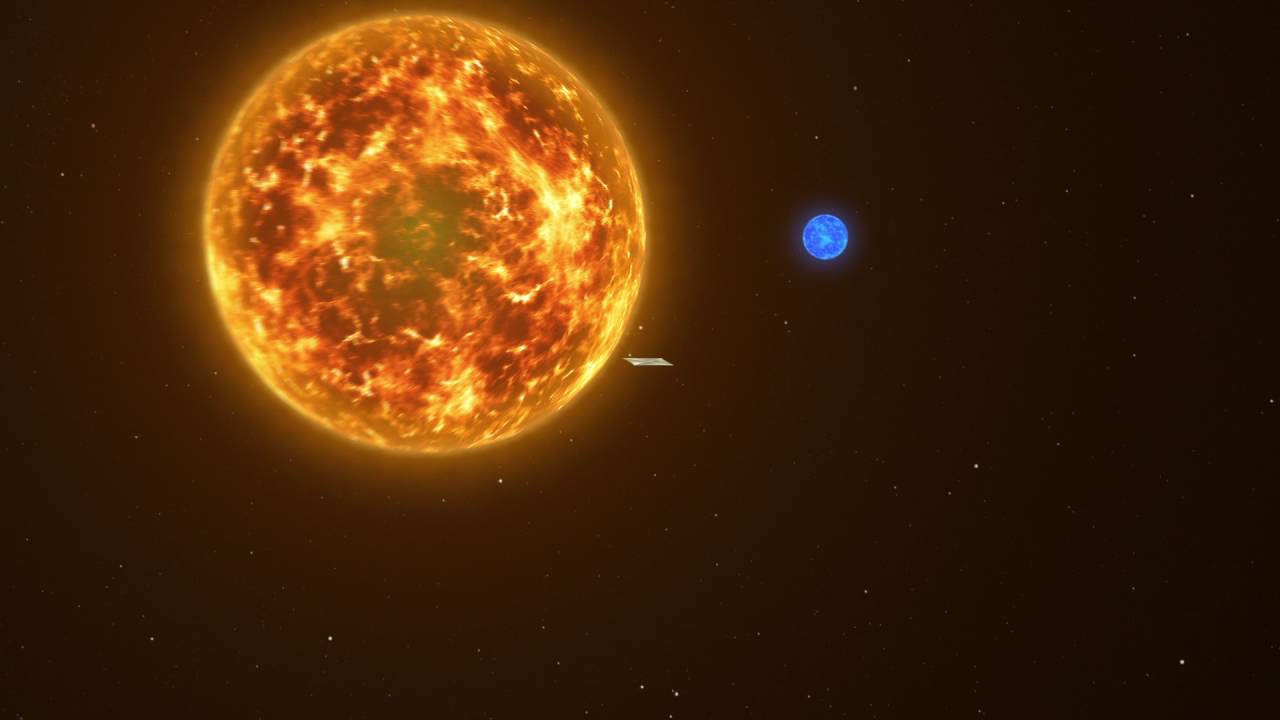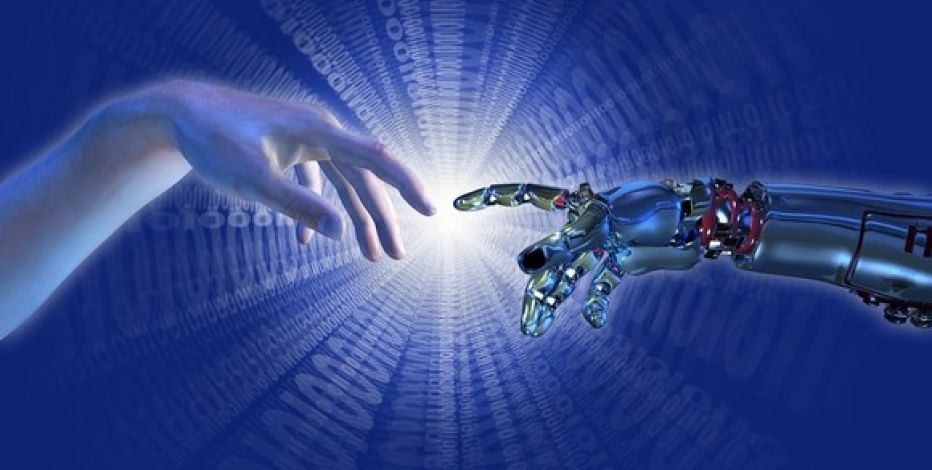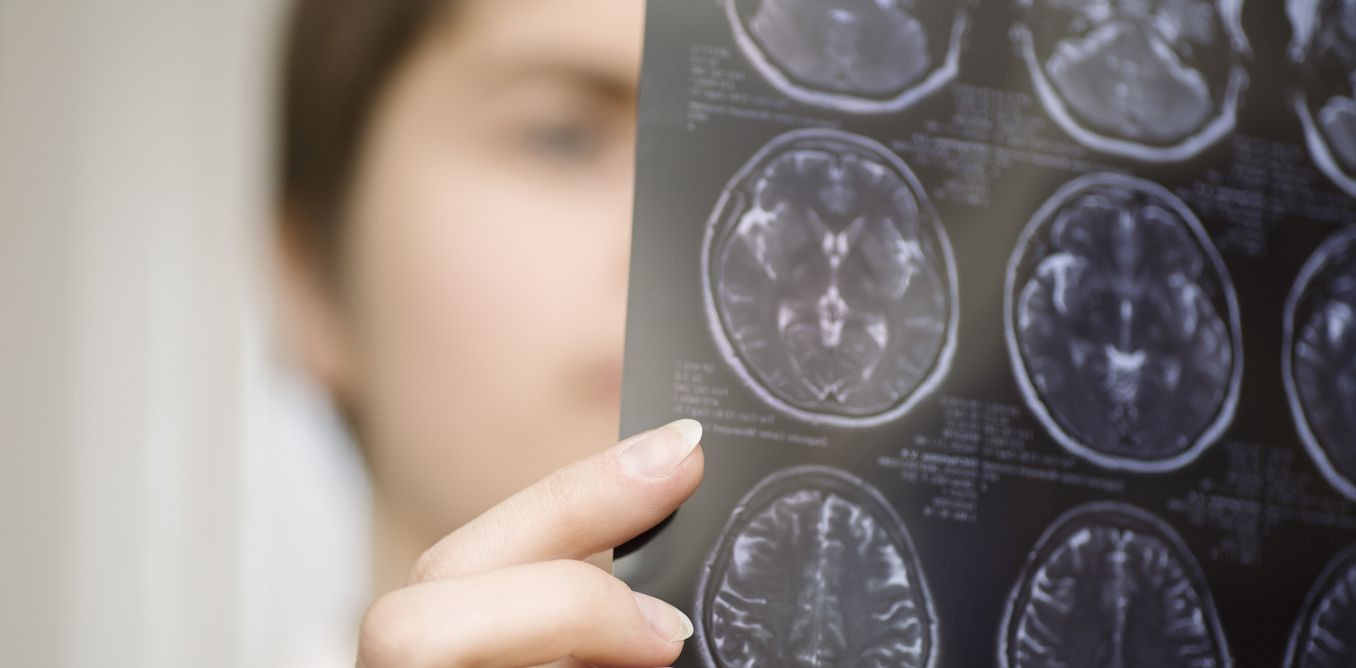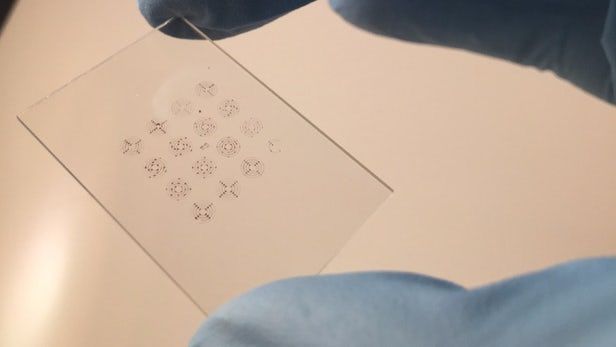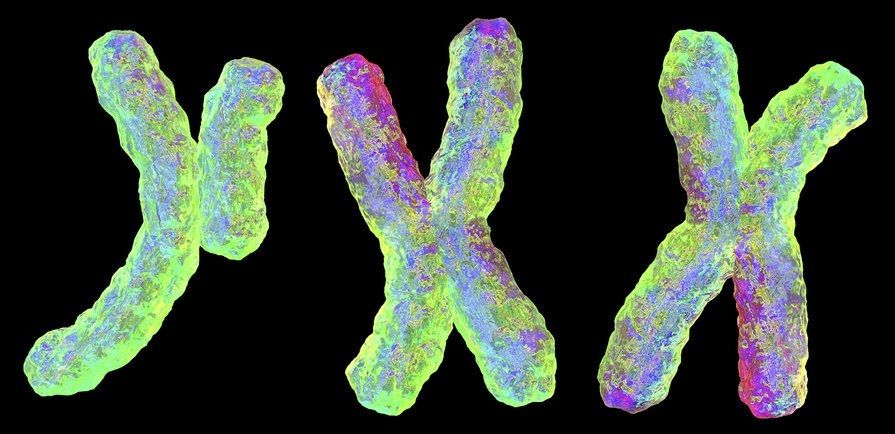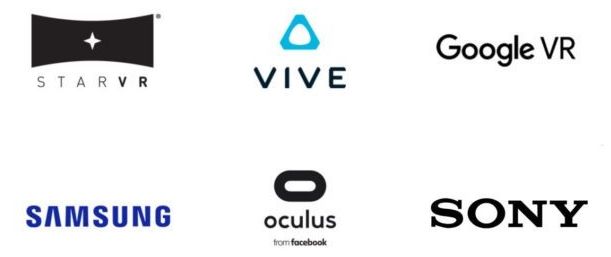
Some of the biggest names in the business are teaming up to secure the future of virtual reality.
Google, Sony, Oculus, Samsung, Acer and HTC have combined their efforts in order to create a healthy and equal industry for virtual reality hardware and software to develop and expand. The result is the Global Virtual Reality Association, a nonprofit organization dedicated to promoting the growth of the virtual reality industry by providing educational resources, connecting developers with necessary resources and much more.
“The organization will foster dialogue between public and private stakeholders in VR around the world and make education and training material available to the public. Working groups will be organized around important topics for the industry, enabling us to produce relevant research and guidance. We will also host and participate in international discussions on important topics in VR to shape the public discussion on the technology. Ultimately, the group will develop best practices and share them openly.”
Read more
